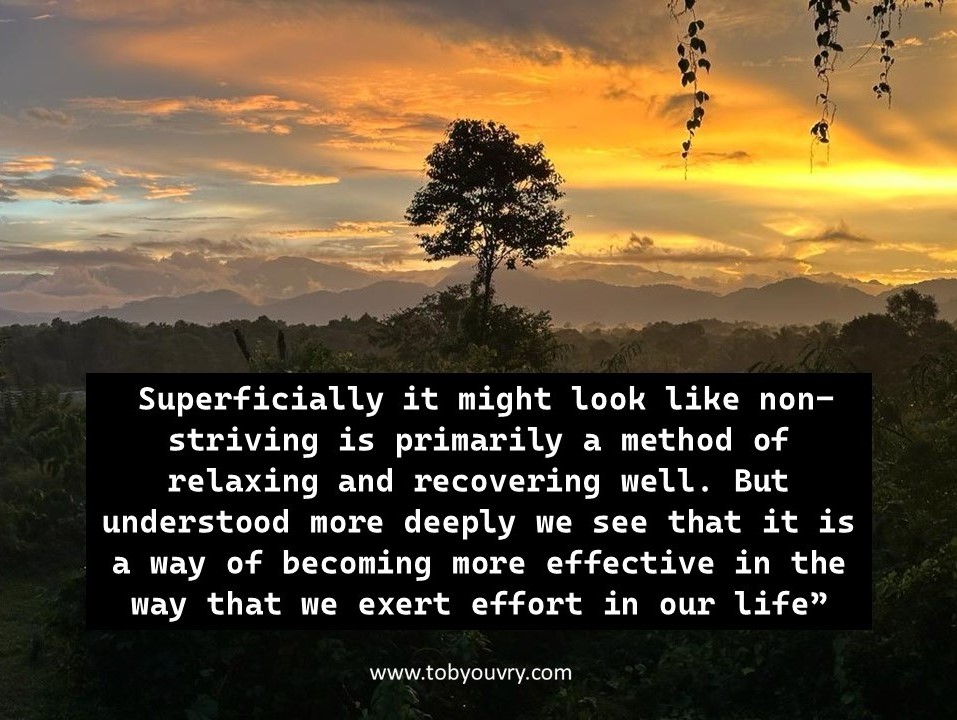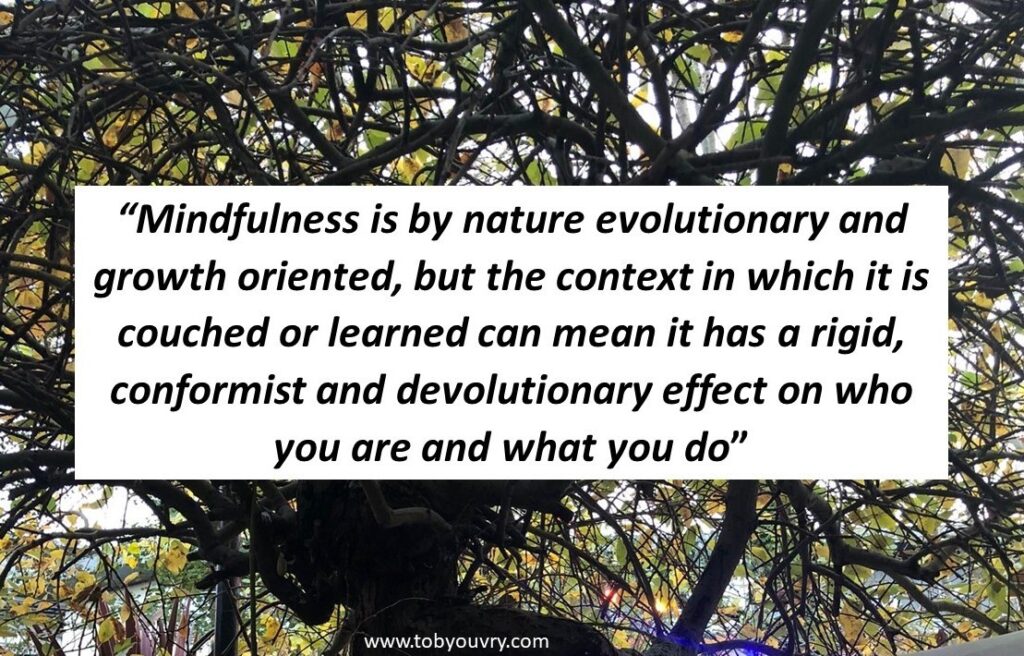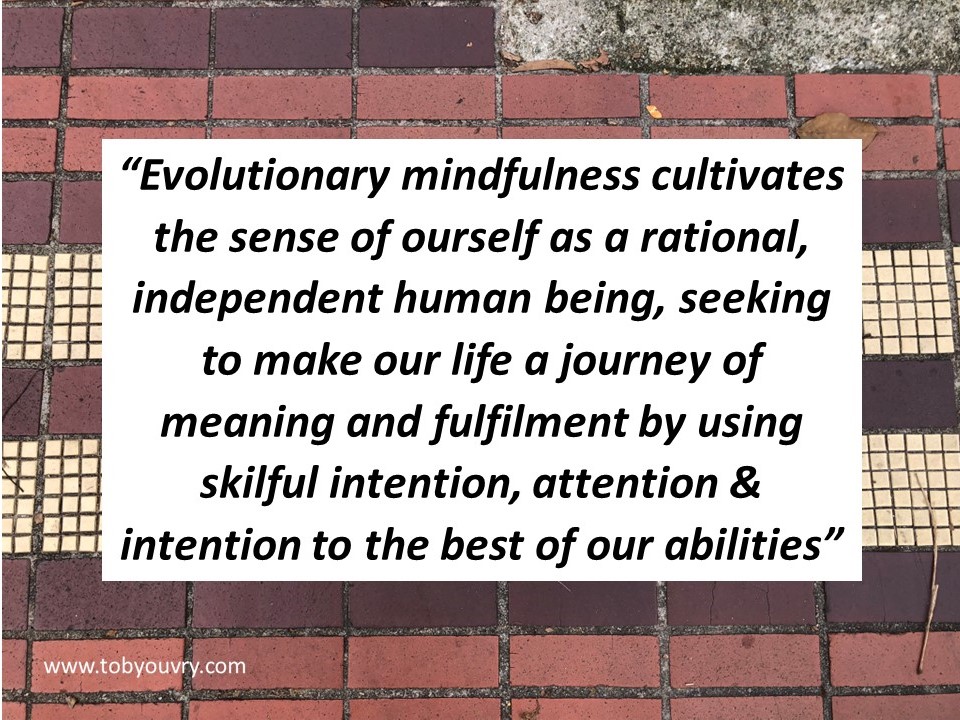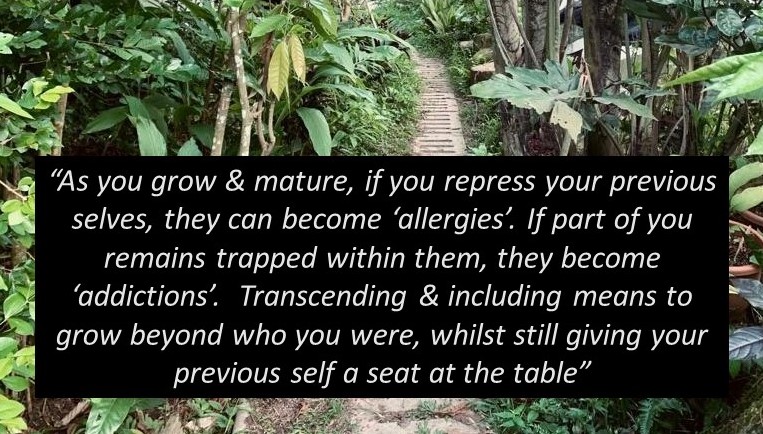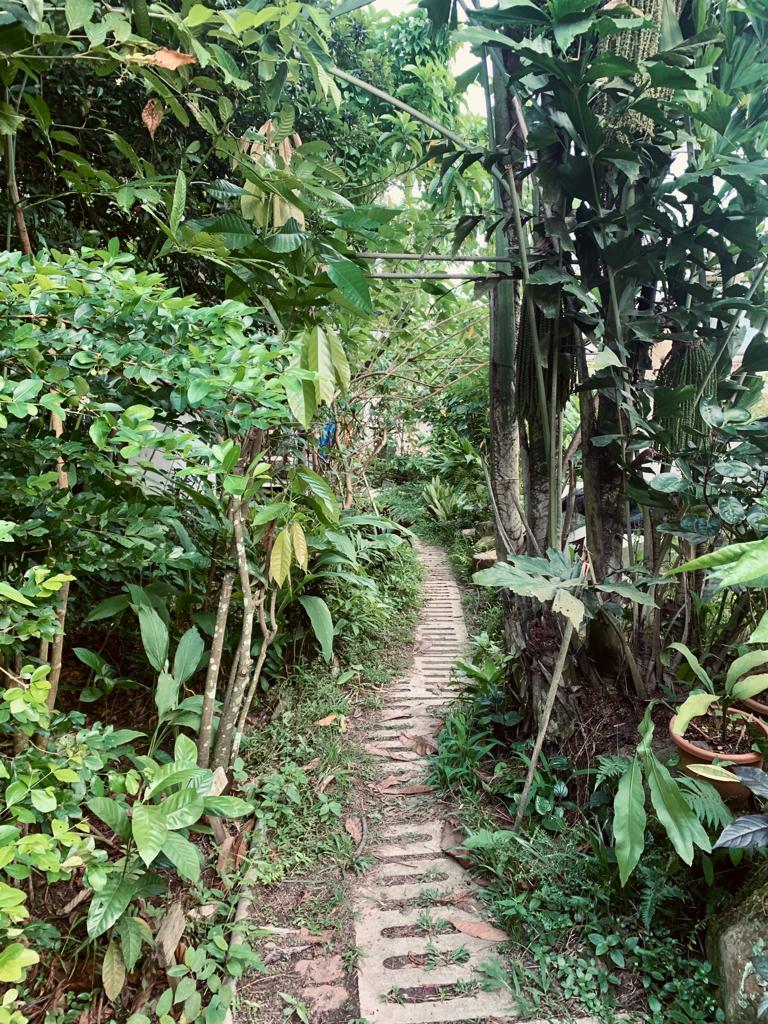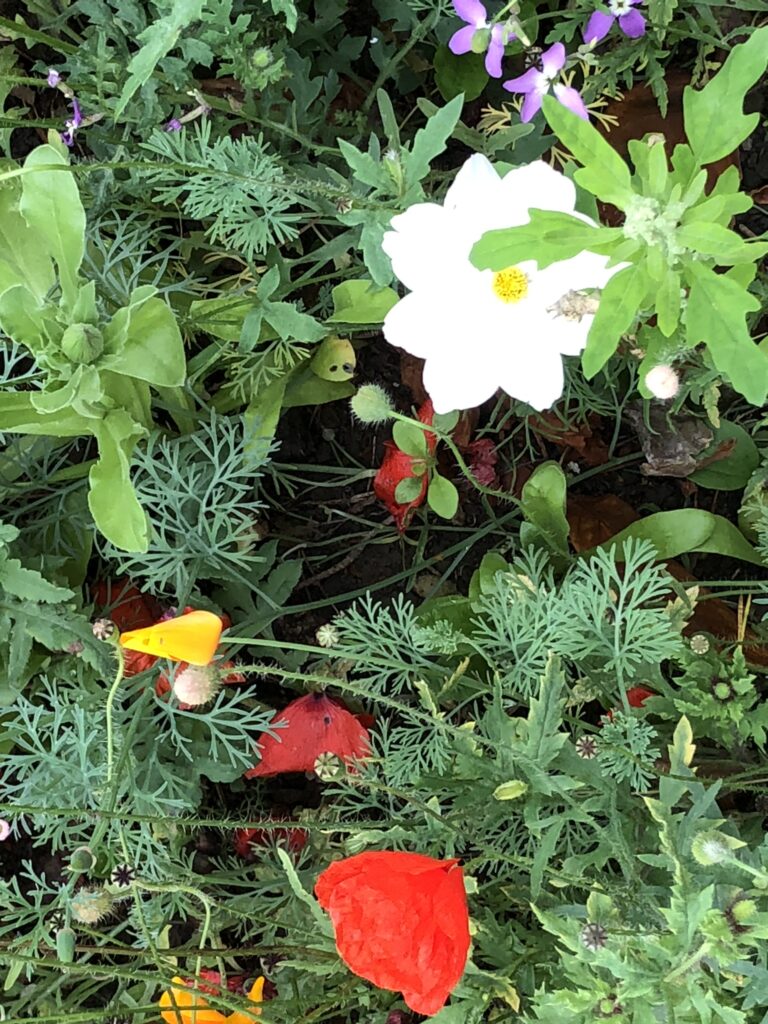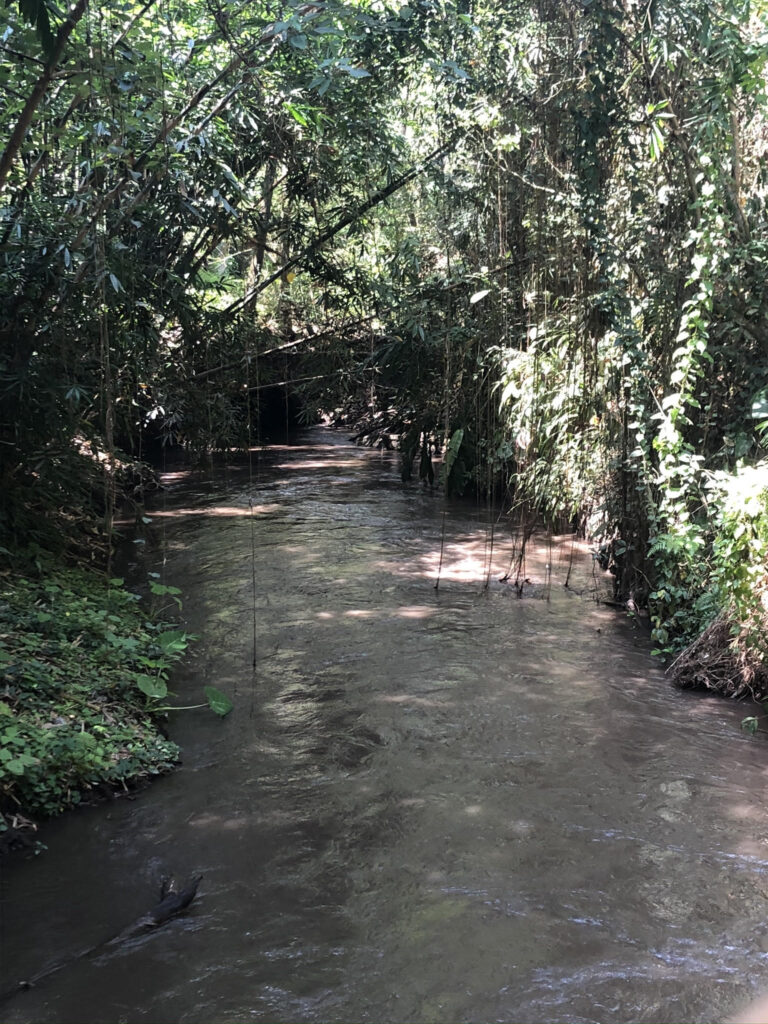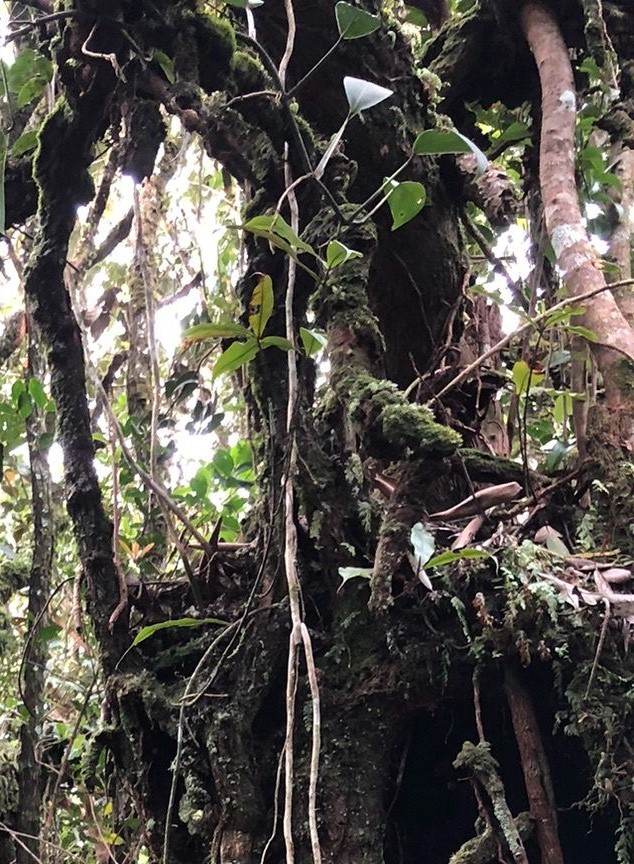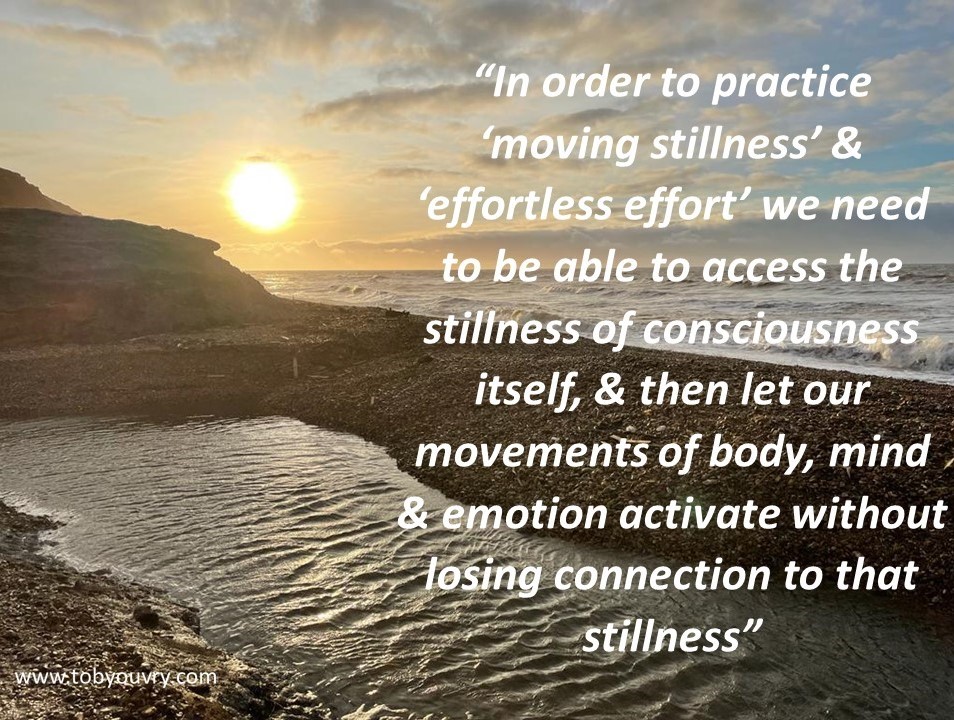
Dear Integral Meditators,
This week’s article looks at moving stillness as our object of meditation. It’s a capability that, when you start to get a practical handle on it can have a deeply transformative influence on your life!
If you enjoy it, then do check out the Effortless effort – The art of doing by non-doing, a ten-week meditation course! that I’ll be starting this week, both live & online on Tuesday & Wednesday evenings.
You can also view my course video on Effortless effort – Moving water that is still, still water that is moving.
Final reminder, this Saturday 13th January, 9.30am-12.30pm I’ll be facilitating An Introduction to Integral Mindfulness & Meditation Practice 3 hour workshop. Great way to kick start your meditational year!
In the spirit of moving stillness,
Toby
Pond & river. What is it that moves, what is it that is still?
An important dimension of the practice of effortless effort is to bring stillness and movement together into a harmonic with you. This facilitates the ability to relax into our life and daily tasks ergonomically and effectively. It also enables us to combine two things:
- Functional productivity, meaning getting our ‘to do list’ done in an effective manner
- Creative productivity, meaning we are flexible and spontaneous, as well as capable of envisioning and articulating possibilities that have not yet come about
Ajahn Chah, the late well known Thai meditation teacher described the meditative state as ‘still water that moves, and moving water that is still’. When we are beginners at meditation, it seems like movement & stillness are the opposite of each other. Either we are still and relaxed, or we are thinking and active. To bring these two parts together into a state of effortless effort, we need to identify what part of our body-mind is always still, and what part of our body-mind moves.
If you look at your experience moment to moment, it seems relatively clear that your mind, body, and emotions move when they are activated. When they become still temporarily, we start to notice the space of consciousness itself, which, because it has no form is always still. The mind, body and emotions move within the stillness of consciousness. So then, in order to practice ‘moving stillness’ we need to be able to access the stillness of consciousness, and then let our movements of body, mind and emotions move without losing our connection to that stillness. As you can imagine, this takes practice and with this in mind, here is an exercise that you can try out in order to develop your capacity.
Pond & river
Imagine yourself sitting in a landscape with a still pond on once side, and a relatively rapidly moving river on the other side.
- Focusing on the pond, let your mind become still and quiescent like the pond, relax into the stillness for a while. Notice that when you do this you will start to contact the actual, ever-present stillness of your inner consciousness. The image connects you with the presence of your always-still consciousness-itself
- Then focus on the river, letting your mind feel into the activity and dynamism of the water. Try and ‘flow’ with the movement as you breathe
- Now bring them together, centre in the stillness of the pond, then brining the sense of movement into the stillness. Initially this might feel a little unnatural, or even jarring, and you might lose your focus a few times. But with a bit of practice you will be able to combine the ‘noise’ of the river with the stillness of the pond.
- As a final section to the meditation, spend a short while envisioning yourself going about your daily activities. As you do so feel yourself connected to the stillness of your consciousness, whilst at the same time physically,, mentally and emotionally interacting with your world. Imagine yourself to be like ‘moving water that is still & still water that moves’
This meditation will then give you the basis to start practicing effortless effort, bringing together stillness and dynamism as you meet the challenges of the day!
Article content © Toby Ouvry & Integral Meditation Asia 2024. you are welcome to share, but please cite the source, thanks! Contact info@tobyouvry.com
Follow Toby on: LinkedIn, YouTube, Instagram
Integral Meditation Asia
Online Courses * 1:1 Coaching * Books * Live Workshops * Corporate Mindfulness Training *Life-Coaching * Meditation Technology


